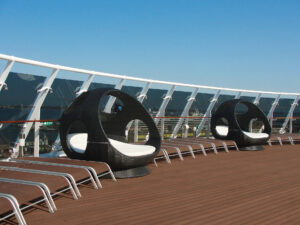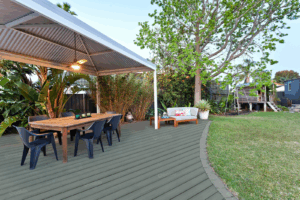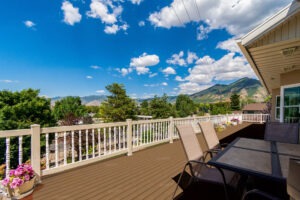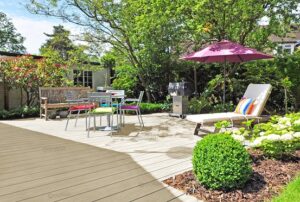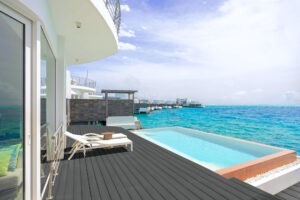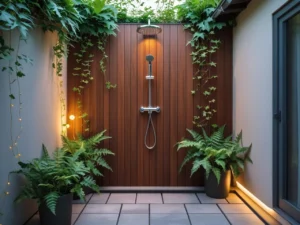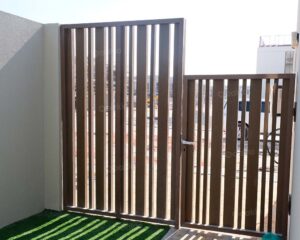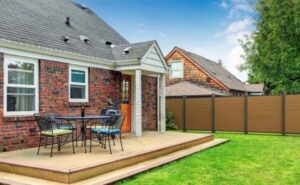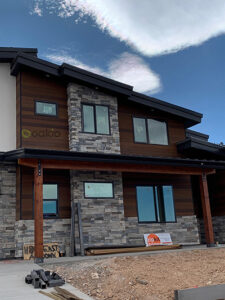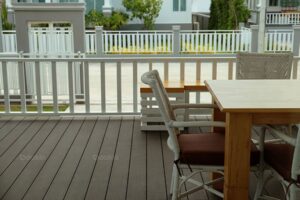Why Choose Co-Extruded WPC Materials for Mobile Homes
In recent years, mobile homes have evolved far beyond simple prefabricated units. Today, they are comfortable, stylish, and environmentally conscious living spaces. Among the materials driving this transformation is co-extruded WPC (wood-plastic composite) — a next-generation building material that combines aesthetics with performance. In this article, we explore why co-extruded WPC materials for mobile homes are becoming the preferred choice for modern builders and eco-conscious homeowners alike.
What Are Co-Extruded WPC Materials?
WPC (Wood-Plastic Composite) is a type of material made by combining plant-based fibers like wood powder, rice husks, or straw with plastic resins such as polyethylene (PE), polypropylene (PP), or polyvinyl chloride (PVC). The “co-extrusion” process refers to a manufacturing technique where the WPC core is coated with an outer protective layer, often made from highly weather-resistant resins like ASA.
This outer shell enhances the material’s performance by offering added UV resistance, durability, and color retention, while the core maintains strength and structure. The result? A low-maintenance, long-lasting material with the warmth of natural wood and the resilience of plastic.
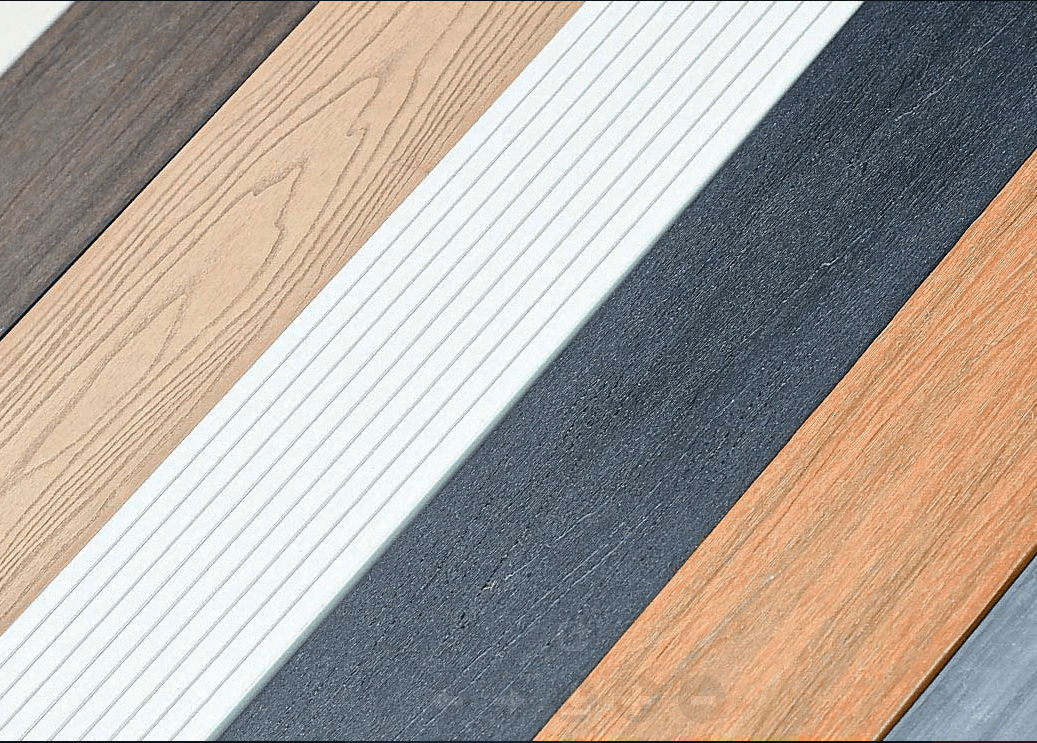
Why Co-Extruded WPC Is Ideal for Mobile Homes
Mobile homes are meant to be flexible, durable, and easy to maintain — qualities that align perfectly with co-extruded WPC materials.
Superior Insulation and Climate Control
Mobile homes often need to withstand a variety of climates, from hot and humid coastal areas to cooler mountain zones. Co-extruded WPC materials provide excellent thermal insulation, helping to maintain a stable interior temperature. This reduces the need for excessive heating or cooling, improving energy efficiency by up to 30%.
Lightweight and Easy to Install
Compared to traditional materials like cement or solid wood, co-extruded WPC boards are much lighter and easier to install. This translates to faster construction times and lower labor costs — a significant advantage when setting up mobile homes that may need to be relocated or reassembled.
Aesthetic Flexibility
With a wide range of colors and woodgrain textures available, co-extruded WPC can match any design style. Whether you’re going for a rustic cabin look or a sleek, modern exterior, this material provides customizable options without sacrificing performance.
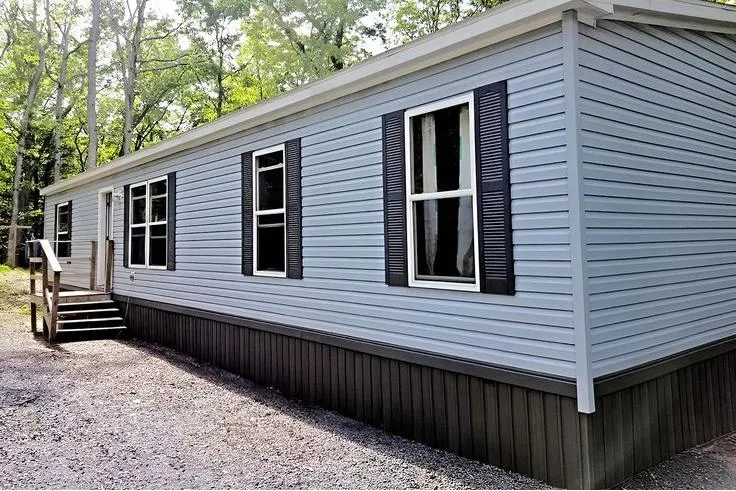
Top 10 Advantages of Co-Extruded WPC Materials for Mobile Living
- Waterproof and Moisture-Resistant: WPC doesn’t absorb water, making it ideal for mobile homes located in humid or rainy areas.
- Pest and Termite Resistant: The composite structure repels insects and rodents, eliminating the risk of wood decay.
- Customizable Colors and Textures: Mimics the look and feel of real wood, with more color stability and design flexibility.
- Highly Durable and Low Maintenance: Resistant to cracking, warping, and fading. No need for regular staining or sealing.
- Eco-Friendly and Sustainable: Made from recycled materials and fully recyclable, supporting a circular economy.
- Fire-Resistant: Many co-extruded WPC boards achieve B1-level fire ratings and self-extinguish when the flame source is removed.
- Easy to Work With: Boards can be sawn, nailed, and drilled like traditional wood, streamlining the construction process.
- Hassle-Free Installation: Lock-in or concealed fastener systems allow for fast and clean setups.
- No Toxic Chemicals: Free from harmful additives like formaldehyde or heavy metals.
- Excellent Sound and Heat Insulation: Enhances acoustic comfort and reduces heat transfer, making mobile homes quieter and more energy-efficient.
Building Comfortable and Stylish Mobile Homes
Creating a cozy and functional mobile home is about more than just durability — it’s also about comfort, ventilation, and aesthetic appeal. Co-extruded WPC materials can be used in floors, ceilings, siding, wall panels, and even door and window frames. Their natural wood texture and modern look elevate the visual quality of small spaces while providing functionality.
Design elements such as skylights for ventilation, eco-friendly louvered windows, and wide interior paneling made from WPC not only improve the living environment but also reflect a commitment to sustainability and healthy living.
Sustainability and Cost-Effectiveness
One of the most compelling reasons to use co-extruded WPC materials for mobile homes is their long-term economic and environmental benefit. Traditional wood requires frequent maintenance and is susceptible to warping and decay. In contrast, WPC products last longer, require fewer repairs, and significantly reduce resource consumption.
Furthermore, the fact that WPC materials are often made from recycled plastic and plant fibers aligns with green building practices. They help reduce the carbon footprint of construction and support efforts to reduce deforestation.
Conclusion: The Future Is Co-Extruded WPC
In today’s fast-evolving housing market, the demand for mobile homes that are cost-effective, environmentally friendly, and easy to maintain is higher than ever. Co-extruded WPC materials meet all these needs — and more. Their advanced performance, visual appeal, and sustainability make them a top-tier choice for mobile home construction.
Whether you are a builder, a property developer, or a future mobile homeowner, considering co-extruded WPC products means investing in a better-built, longer-lasting, and greener future.
Trending Reading
What Are the Differences Between the WPC Board and PVC Board?
[2025 Update] How Long Does WPC Decking Last?
